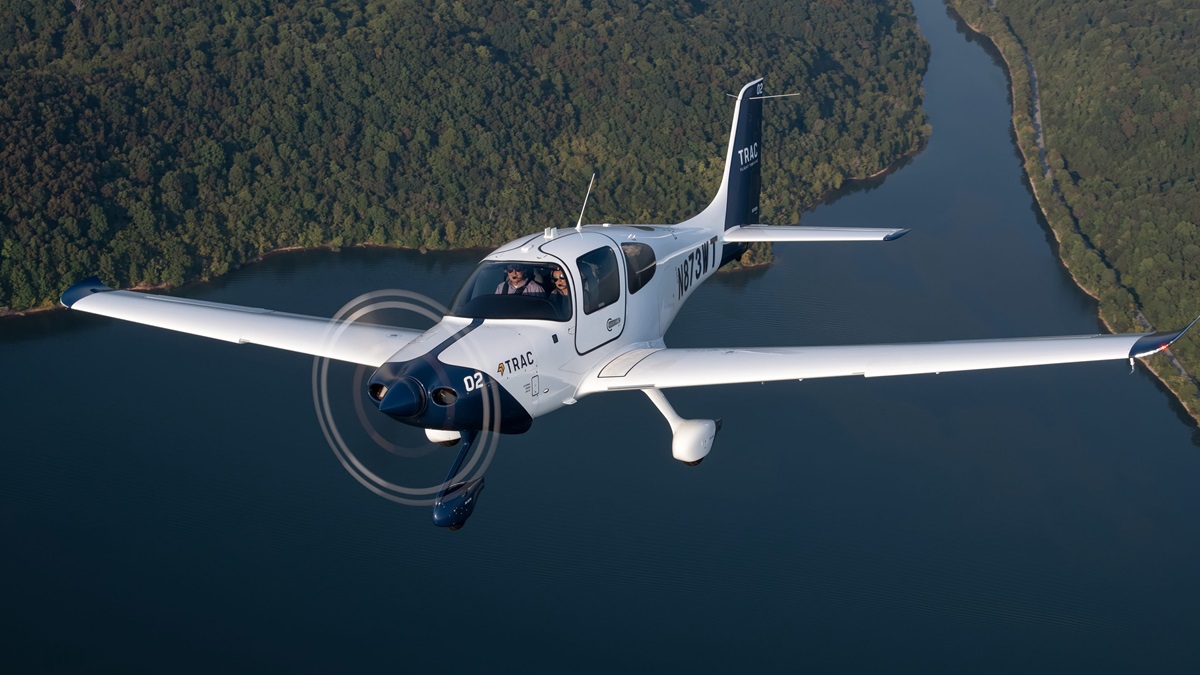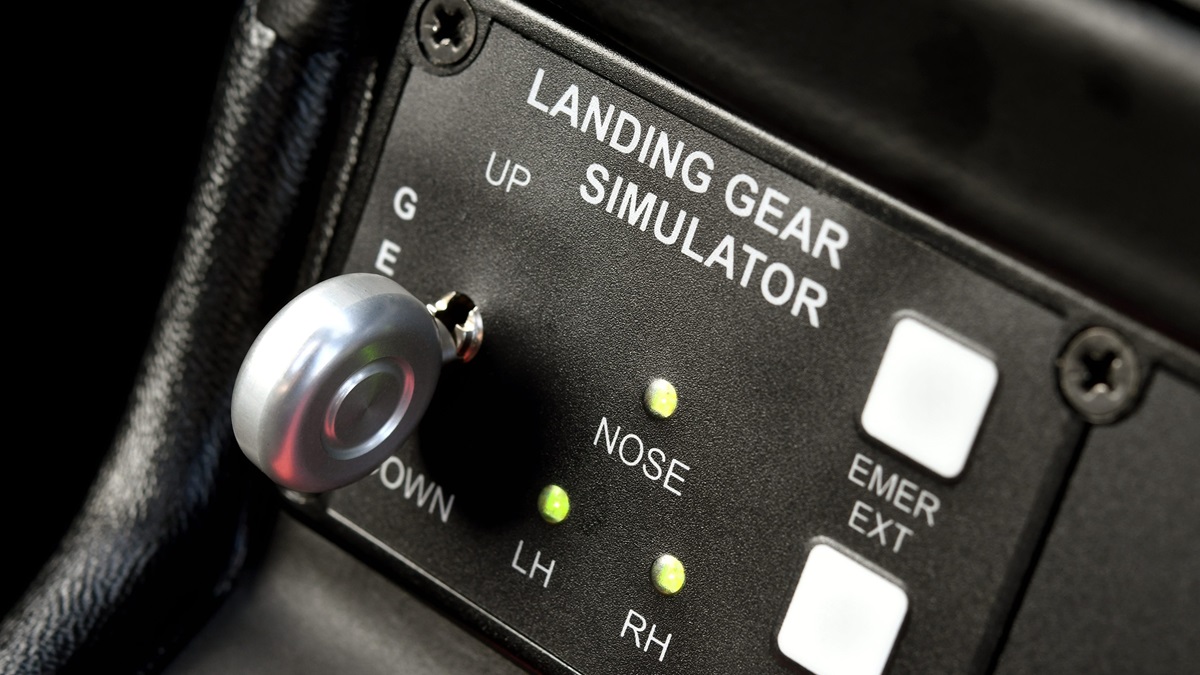Making better pro pilots faster
New TRAC Trainer from Cirrus
A landing gear handle looks wholly out of place on a fixed-gear Cirrus SR20—but it’s there for a very good reason.
“This airplane’s mission is to prepare flight students for careers as professional pilots,” Ivy McIver, Cirrus Aircraft’s director for the SR product line, said of the company’s TRAC training aircraft. “This puts landing gear into their flow from the very beginning, and it helps prepare them for the larger, faster airplanes they’re likely to fly next.”
As with other Cirrus models, the TRAC airplanes contain safety equipment such as airframe parachutes and airbag seatbelts.
“We have a lot of years in the flight training world,” McIver said. “We took feedback from the universities, airline training departments, and flight schools and incorporated their priorities in TRAC aircraft. We want to dispel the myth in the market that we only sell million-dollar luxury airplanes.”
TRAC SR20s have a base price of $410,000. They will compete with the Piper Aircraft Pilot 100i instrument trainer, which has a list price of $285,000. Cirrus also offers more powerful SR22 and SR22T TRAC versions.
Lufthansa, Emirates, and Austrian airlines all use Cirrus SR20s in their ab initio pilot training programs, as do many U.S. college aviation programs. The U.S. Air Force and French navy also use them for pilot screening.
TRAC instrument panels contain two-screen, Garmin Perspective glass displays with a keyboard flight management system designed to get flight students accustomed to highly integrated avionics suites early in their training.
“The global demand for pilots is surging and the pilot supply is shrinking,” McIver said. “The FMS and its integration with the flight deck and automation are things you see in bigger aircraft. This airplane is designed to help students transition to bigger aircraft more quickly.”







